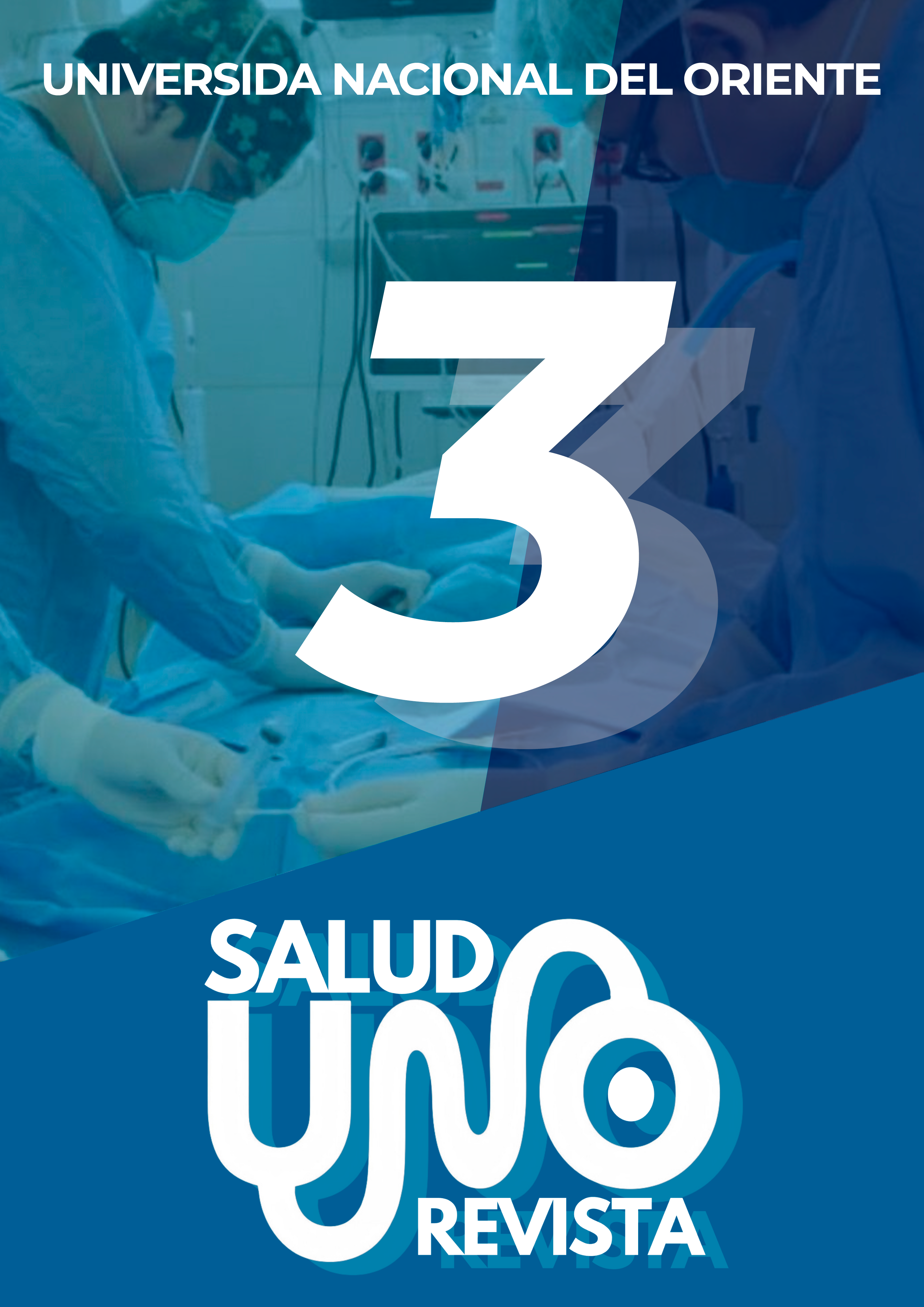FRECUENCIA DE HELMINTIASIS INTESTINAL EN PACIENTES DE 6 A 18 AÑOS QUE ACUDIERON AL HOSPITAL MATERNO INFANTIL SAN MARTIN DE PORRES- IBUELO DE ENERO 2019 - DICIEMBRE 2021
Palabras clave:
Helmintiasis intestinal, Prevalencia, Helmintiasis trópico cochabambino.Resumen
Autores: Dra. Nehemia Felipe Yucra y Dra. Consuelo Verónica Durán Claros
Las parasitosis por helmintos ocasionan deterioro nutricional, físico y cognitivo. En Bolivia no existen estudios que hayan medido la prevalencia de dicha patología en población de estudio de entre 6 a 18 años. El objetivo es determinar la frecuencia de helmintiasis intestinal en pacientes de 6 a 18 años que acuden al Laboratorio del Hospital San Martin de Porres de Ibuelo en el periodo de enero 2019 a diciembre 2021. La investigación es de tipo descriptivo, retrospectivo, transversal, no experimental. Las técnicas fueron la revisión documental de los registros de laboratorio del área de parasitología de la población en estudio. Se encontraron 386 coproparasitológicos positivo para helmintos intestinales donde el sexo predominante es el femenino, en la gestión 2019 con 52.7% , el 2020 con el 62.8 % y en la gestión 2021 con un 58.1%.El grupo etario de 6 a 9 años se identificó con mayor frecuencia en la gestión 2019 con 42.5%; en la gestión 2021 con 47.7%, el año 2020 predominó el grupo etario de 14 a 18 años con 54.3%.La frecuencia de helmintiasis para la gestión
2019 (48.7%), para la gestión 2020 una frecuencia de 30.2 % y gestión 2021 fue de 28.4%.El año 2019 el helminto que presenta mayor frecuencia es la Uncinaria sp. 45.2% El helminto más frecuente el año 2020 fue Uncinaria sp. 44.7% El año 2021, el helminto más frecuente fue el Ascaris lumbricoides con 33.3%. En conclusión, se evidenció una considerable frecuencia de helmintiasis intestinal, con predominio de Uncinaria sp y Ascaris lumbricoides, en la población en estudio.
ABSTRACTParasitosis by helminths cause nutritional, physical and cognitive deterioration. In Bolivia, there are no studies that have measured the prevalence of said pathology in the study population between 6 and 18 years of age. The objective is determine the frequency of intestinal helminthiasis in patients between the ages of 6 and 18 who attend the Laboratory of the San Martin de Porres de Ibuelo Hospital in the period from January 2019 to December 2021. The research is descriptive, retrospective, cross-sectional, not experimental. The techniques were the documentary review of the laboratory records of the parasitology area of the study population. 386 coproparasitological positive for intestinal helminths were found where the predominant sex is female, in the 2019 management with 52.7%, in 2020 with 62.8% and in the 2021 management with 58.1%.
The age group from 6 to 9 years was identified. more frequently in the 2019 administration with 42.5%; in the 2021 management with 47.7%, in 2020 the age group of 14 to 18 years predominated with 54.3%. The frequency of helminthiasis for the 2019 management (48.7%), for the 2020 management a frequency of 30.2% and 2021 management was of 28.4%. In 2019 the helminth with the highest frequency is Uncinaria sp. 45.2% The most frequent helminth in 2020 was Uncinaria sp. 44.7%In 2021, the most frequent helminth was Ascaris lumbricoides with 33.3%. In conclusion, a considerable frequency of intestinal helminthiasis was evidenced, with a predominance of Uncinaria sp and Ascaris lumbricoides, in the study population.



